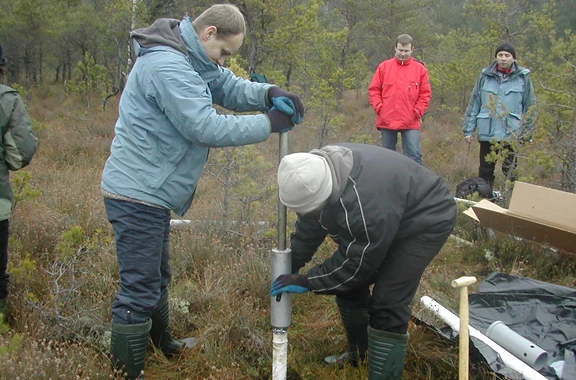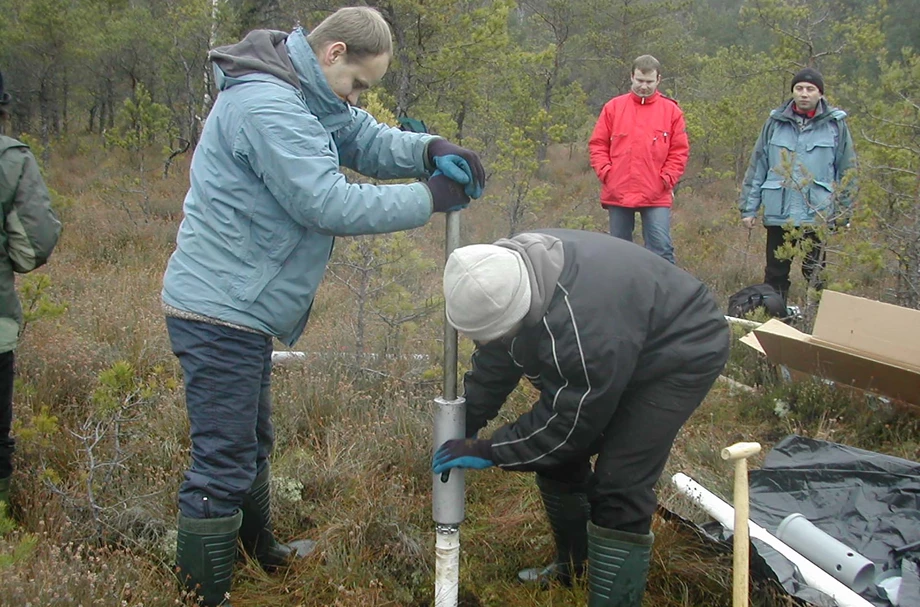


The bogs around the Baltic Sea have developed naturally. They are completely dependent on precipitation, have high acidity and contain hardly any nutrients. As a result, they are covered by a large quantity of rare and threatened plant species.
These natural habitats are very uncommon in Europe. However, they do occur in Poland. In the Pomerania area there are 23 Baltic bogs that are part of a conservation project. This project is necessary, because the continued existence of the bogs is being threatened by human activity. This threat leads to various forms of degradation: decomposing of the bog soil, growth of conifers and birches, evaporation of the swamp water and the disappearance of plant species such as cloudberry, sundew and sphagnum.
The main goal of the project is to find the right way to restore the bogs, and then to conserve them in order to prevent further degradation.
Moreover, a number of sub-goals have been defined, for example:
Measurements of water levels in different parts of the bogs are necessary for a number of project components. Initially this was done manually. However, because of cost-effectiveness and because they produce reliable data, the first Divers were purchased. Since then, more than 250 Micro-Divers have been used. The instruments are placed in 'direct wells' (piezometers, ready for immediate use) that were driven into the peaty soil using a slide hammer. In some places, where the peat layer was too shallow, pulse drilling equipment was used.
The Divers are covered with peat in order to prevent vandalism. A small piece of metal is attached to the cover so that they can be found. It is easy for authorised personnel to locate the piezometers using simple metal detectors and GPS equipment.

Need advice choosing the right product for your application? Our specialist Sandra is happy to help.